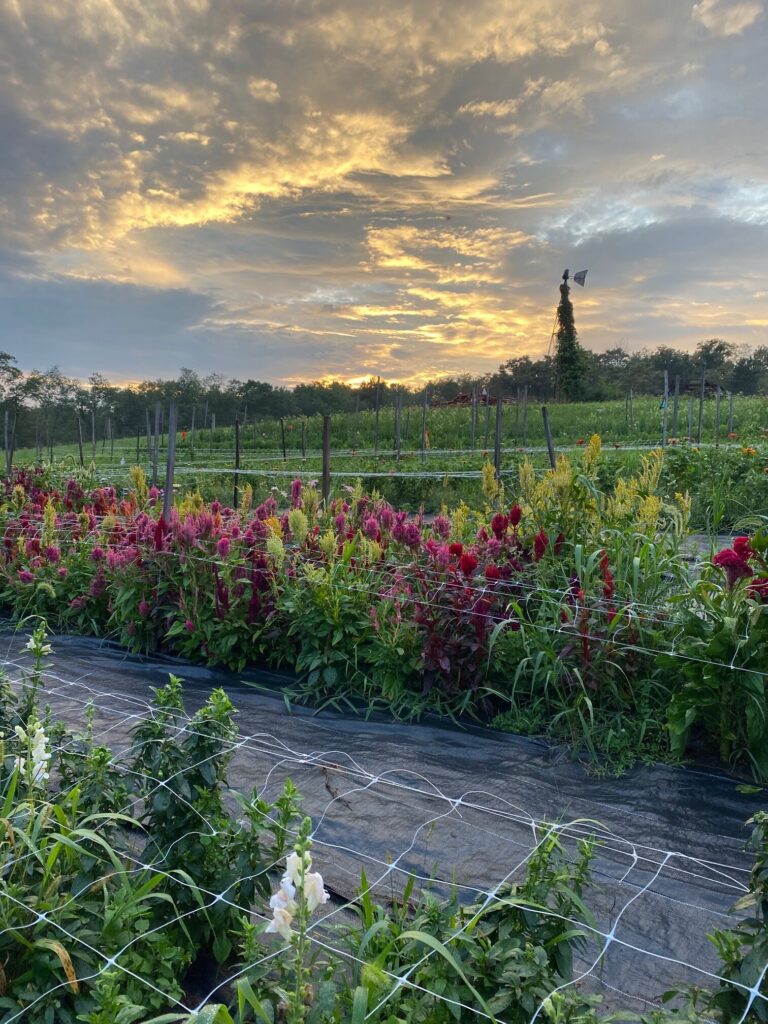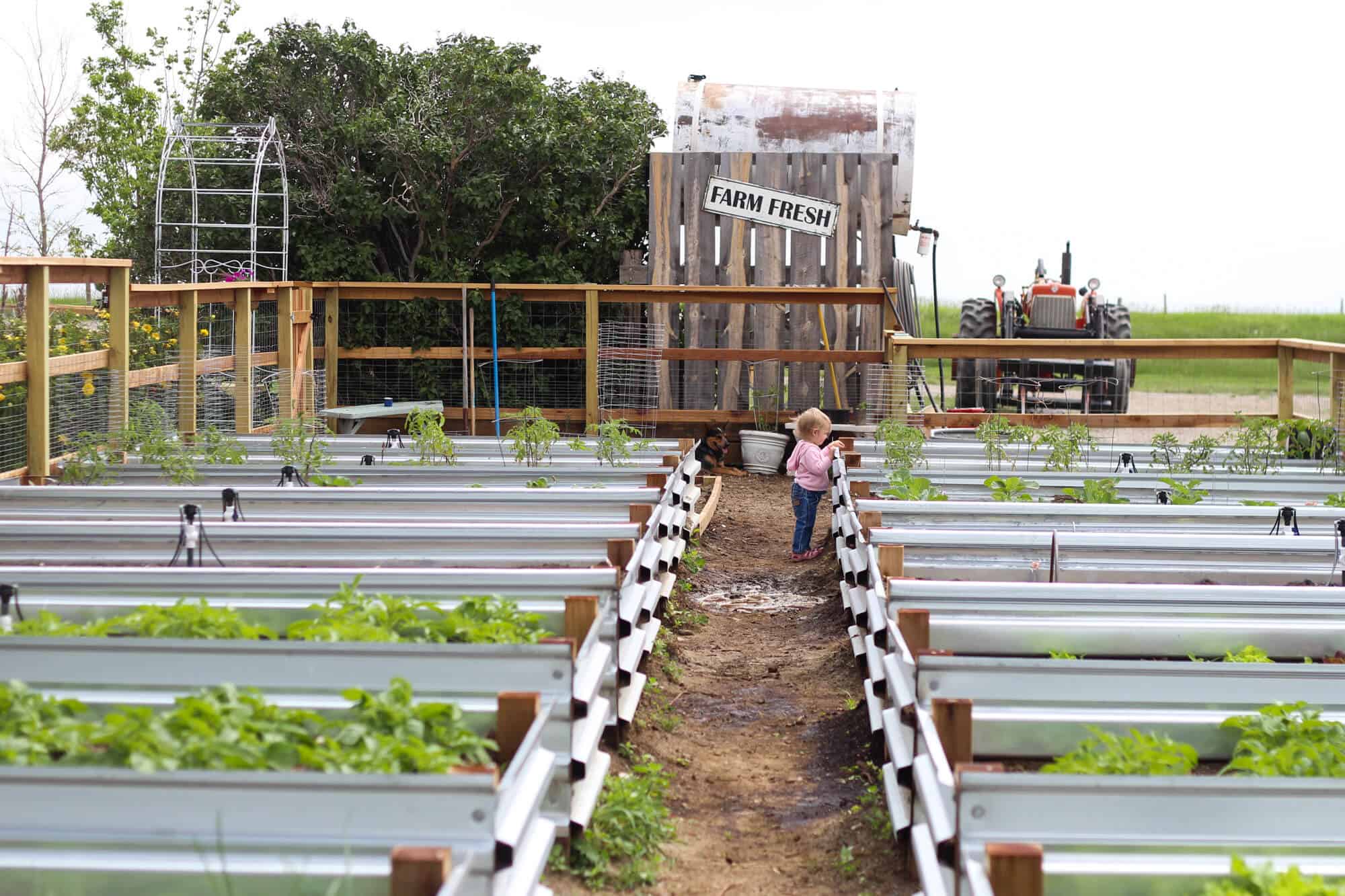Organic and Sustainable Practices for Homestead Gardening
Organic and Sustainable Practices for Homestead Gardening
Blog Article
Discover Important Tips for Effective Gardening Techniques and Practices
By focusing on vital elements such as soil health and wellness, reliable sprinkling methods, and appropriate plant selection, garden enthusiasts can produce a growing community that supports vivid development. Lots of lovers ignore vital details that can make or damage their horticulture success-- checking out these neglected aspects may disclose the trick to growing a prospering garden.
Comprehending Dirt Health
Dirt health and wellness is a basic aspect of successful gardening, as it straight affects plant growth, nutrient accessibility, and ecosystem balance. Healthy soil is defined by an abundant biodiversity of bacteria, raw material, and a balanced pH degree, which together produce an atmosphere conducive to plant growth.
To comprehend dirt wellness, one should consider its physical, chemical, and organic properties. The appearance and framework of dirt impact its capability to retain wetness and nutrients, while the chemical composition determines the accessibility of crucial components like nitrogen, phosphorus, and potassium. Regular soil testing is critical to analyze these variables, allowing garden enthusiasts to make enlightened choices regarding fertilizers and changes.
Furthermore, promoting organic activity within the dirt is essential for preserving its health. Practices such as composting, crop turning, and the usage of cover crops can improve microbial variety, improve nutrient cycling, and decrease soil erosion. By focusing on soil wellness, gardeners not just maximize plant growth however also add to a lasting community, making certain that their gardening techniques are resilient and ecologically responsible in time.
Reliable Sprinkling Techniques
Making sure that plants obtain the proper amount of water is vital for their wellness and development, specifically when paired with a strong structure of soil health (Homestead Gardening). Effective watering techniques can substantially influence plant vigor, minimizing water wastefulness and advertising optimal development
One fundamental approach is deep watering, which motivates origins to grow deeper right into the dirt, boosting drought resistance. This method normally involves sprinkling less frequently yet in bigger quantities, enabling moisture to pass through the root area completely. Timing is additionally vital; early morning is the suitable time to water, as it decreases evaporation and allows vegetation to dry during the day, minimizing disease risks.
Furthermore, using mulch can aid preserve soil wetness and control temperature level, more helping effective watering practices. Making use of a drip irrigation system can likewise offer targeted dampness directly to the roots, making sure that water reaches where it's most required while conserving resources.
Keeping an eye on rains and soil moisture degrees can direct changes in your watering routine, guaranteeing plants receive regular hydration without over-saturation. By embracing these efficient watering techniques, garden enthusiasts can cultivate a successful setting for their plants to grow.
Plant Selection and Placement
Just how can the best plant choice and calculated positioning transform a garden right into a flourishing ecological community? When choosing plants, consider factors such as environment, soil type, and sunlight direct exposure. Homestead Gardening.
Strategic placement entails setting up plants according to their development practices and requirements. Taller plants my sources ought to be positioned at the rear of boundaries to avoid shielding much shorter plants. Furthermore, organizing plants with comparable water and light needs can improve their growth and decrease competition for sources.
Incorporating a variety of plants not just includes aesthetic appeal yet additionally promotes biodiversity, bring in useful pests and pollinators. Take into consideration the seasonal changes in your garden; select a mix of annuals, evergreens, and perennials to ensure year-round passion.
Last but not least, remember to examine the fully grown size of plants before growing to prevent congestion and make sure ample click here for more info air circulation. Thoughtful plant option and calculated positioning create a harmonious atmosphere, permitting your garden to thrive while minimizing obstacles.
Parasite and Disease Administration
Reliable parasite and disease management is essential for preserving a healthy and balanced garden ecosystem - Homestead Gardening. A positive method, incorporating social, organic, and chemical strategies, can considerably minimize the influence of pests and illness on your plants

Biological controls, such as introducing useful pests like ladybugs or predacious termites, can maintain pest populations in check without hurting the atmosphere. Additionally, maintaining plant wellness via appropriate watering, fertilizing, and trimming will bolster their strength against conditions.
When treatment is necessary, choose targeted chemical treatments, making certain to comply with application guidelines to lessen damage to non-target microorganisms. Constantly prioritize lasting practices, as they promote lasting yard health and eco-friendly equilibrium. By incorporating these approaches, garden enthusiasts can effectively manage pests and illness, ensuring flourishing plants and a productive yard.

Seasonal Upkeep Practices
In springtime, emphasis on dirt preparation by testing pH levels and including needed changes. Regularly examine emerging plants for illness and insects.
As summer methods, ensure appropriate irrigation while keeping an eye on for indicators of stress and anxiety or disease. Trim back disordered plants to encourage air circulation and lower moisture around foliage. This method not only improves plant health and wellness yet additionally promotes blooming and fruiting.
With the Find Out More arrival of fall, it's time to get ready for winter. Tidy up dropped leaves and debris to avoid pest invasions, and take into consideration growing cover plants to enrich soil health and wellness. This period is also perfect for dividing perennials and growing spring-flowering light bulbs.
Final Thought
Effective gardening hinges on the combination of sound techniques in soil health, watering, plant selection, parasite monitoring, and seasonal upkeep. By focusing on soil screening and microbial diversity, utilizing efficient sprinkling techniques, and choosing proper plants, gardeners can create growing ecological communities.
By prioritizing necessary elements such as soil health, effective watering strategies, and proper plant option, gardeners can produce a successful environment that sustains vibrant growth. By focusing on dirt health, gardeners not just optimize plant development but likewise contribute to a sustainable ecosystem, making sure that their gardening practices are resistant and environmentally accountable over time.
Taller plants need to be positioned at the back of borders to protect against shielding shorter plants. Clean up fallen leaves and particles to protect against pest infestations, and think about planting cover plants to enhance soil wellness.Successful gardening joints on the combination of audio practices in soil health, watering, plant choice, insect management, and seasonal upkeep.
Report this page